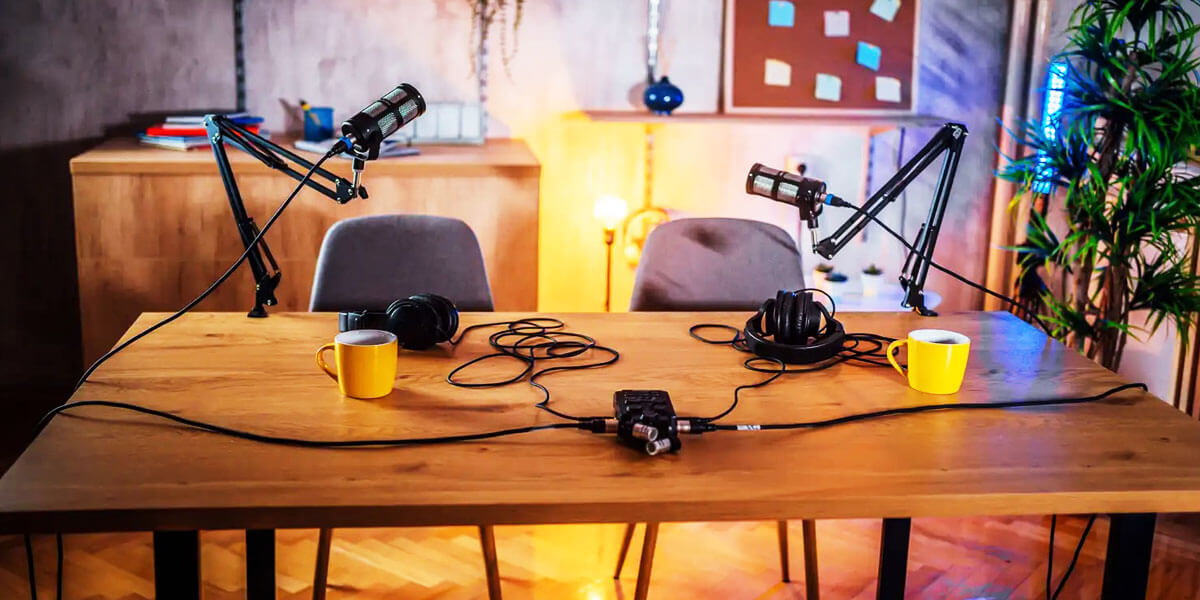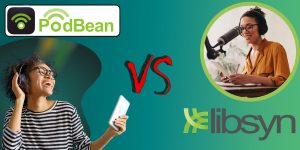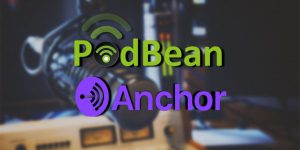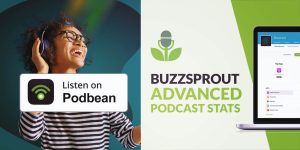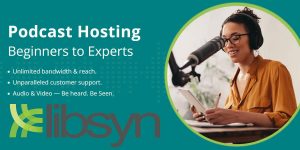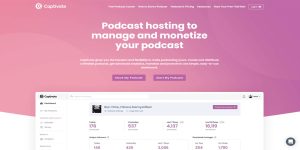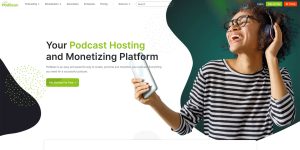So, you’re thinking about creating content, right? And now, you’re probably choosing which platform to start on. Podcast vs. YouTube – these two have their own thing going on. Each of them boasts its own pros and cons. You should learn more about these, as it can be an important factor in choosing. Let’s explore all the nuances together and determine which platform suits your creative vibe best.
The main differences between YouTube and podcasts
YouTube and podcasts are two distinct pillars of the digital landscape. Want to learn about the key differences between these platforms? You should be intrigued, as it’s critical for aspiring content creators.
Format of your performance
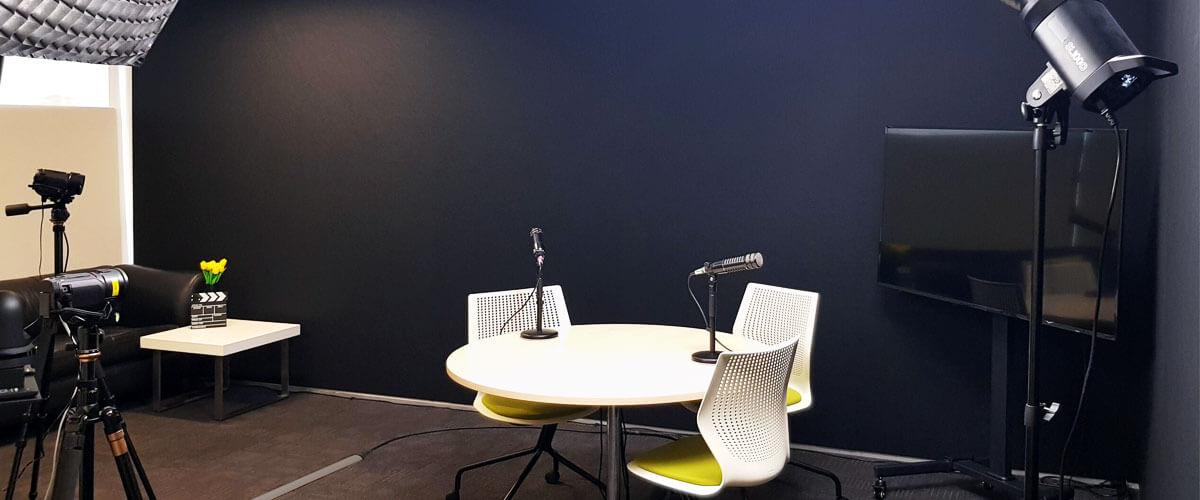
When it comes to podcasts vs. YouTube, the format takes center stage. Podcasts thrive on the audio experience, typically adopting an episodic structure. YouTube, by contrast, dynamically combines audio and visual elements in video content.
Podcasts cover a lot of different topics in one show, so they’re great for reaching a big audience. But they’re all about the audio – no fancy visuals like YouTube. On the other hand, videos look cool but might need more production skills.
Accessibility
The accessibility card is played differently for each. Audio shows are the champs of adaptability. They’re at home on various devices, turning commutes, workouts, or mundane tasks into moments of enlightenment. YouTube videos, however, are a bit pickier. They insist on a screen and your undivided visual attention.
In essence, audio shows harmonize well with your on-the-move lifestyle, while YouTube leans towards a sit-down viewing experience.
Audience reach
With its colossal user base, YouTube throws its weight around, boasting billions of daily views. Although enjoying a surge in popularity, podcasts have a more compact yet devoted following. Here’s a closer look at the differences in audience reach:
YouTube:
- The video-sharing platform engages a global audience that absorbs an unbelievable amount of content on a daily basis.
- The platform excels at sparking engagement with features like likes, comments, and shares. It’s a playground for content virality, where creators can see their videos reach massive audiences.
Podcasts:
- While an audio show’s audience may be smaller, it’s steadily growing and diversifying, often catering to specific niches and interests.
- Podcasts foster a different kind of engagement. They often form tight-knit communities of listeners who actively participate in discussions, leave reviews, and engage in-depth with the content.
Both platforms are exciting in terms of interacting with audiences. I would advise you to ground your choice primarily based on the specifics of your content.
Content consumption
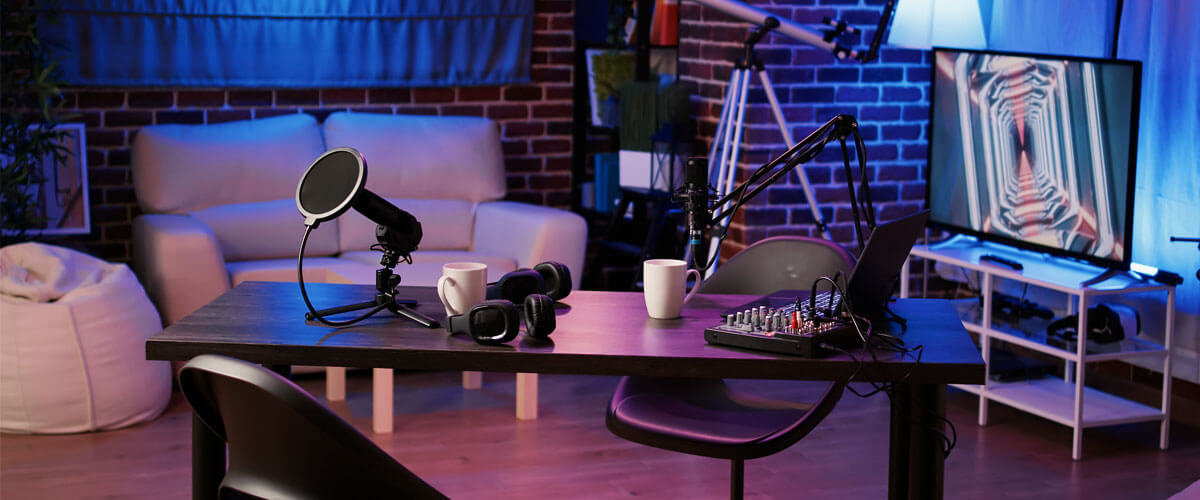
Podcasts are your audio companions, making multitasking a breeze. They cater to listeners perpetually on the move and often offer lengthier discussions.
YouTube videos command your full attention. They beckon you to carve out dedicated time for a viewing session. It’s the stage for visually-driven content but may not be your go-to choice when multitasking or on the run.
So, the resources available to you may determine your decision. Of course, this is not the only factor, as your goals and target audiences, along with their main pain points and requests, also heavily weigh in.
SEO (Search Engine Optimization)
The video-sharing platform flexes its muscles when it comes to SEO. Titles, descriptions, and video tags can significantly impact a video’s visibility. Podcasts, on the other hand, can optimize their metadata but might not wield the same SEO clout. YouTube’s built-in search engine and algorithm-driven recommendations make content discovery a breeze. In contrast, podcast SEO relies more on external platforms like Apple Podcasts and Spotify.
Monetization
The podcast vs YouTube money talk is always intriguing. YouTube offers a rich palette of monetization options: ads, sponsorships, and merch, to name a few. Audio shows can also cash in through advertising and sponsorships but often require a more substantial listener base to hit the jackpot.
Video content creators can tap into monetization avenues sooner, making it an attractive option for those looking to earn quickly. Meanwhile, audio show creators often need a larger and more dedicated audience to rake in significant revenue.
Production requirements
Podcasting is often an easier entry point for content creators—it requires less equipment and technical prowess. This accessibility makes podcasts newbie-friendly. On the flip side, video production demands a higher level of visual finesse and editing experience.
That good old adage, “Content is king,” is applicable to both mediums, but on the video-sharing platform, the visuals can be as crucial as the message, not to mention ensuring good sound quality for your audience’s ears.
Required skills for YouTuber and podcaster
Both podcasting and YouTube demand a fair share of tech-savviness, especially if you’re flying solo. Whichever path you choose, you’ll need a decent grasp of the software at your disposal, along with audio and video recording and editing skills (for YouTube).
YouTube

YouTube is the realm of professionalism. To kickstart a YouTube channel, you’ll need the right camera, recording equipment, good lighting, and possibly a video editor.
Speaking from my experience, I started out by hosting a podcast and borrowed a top microphone from my brother. It ended up costing me $0. But then I decided I was ready to try the video format. I needed a few thousand dollars for some good equipment to start hosting my own channel. Although I approached the choice very responsibly, some items did not meet my expectations, and they soon had to be replaced.
The video-sharing platform rewards sweat equity combined with marketing, meaning your videos must show up for specific search queries. Audience retention is crucial, so finding ways to spruce up your channel – like inviting popular figures in your niche or experts – is paramount.
Podcast

Turning to podcasting, you’ll require a different set of skills and tools. Here’s a snapshot of what makes a podcaster different from a YouTuber:
- Audio prowess: Podcasters focus on audio quality, emphasizing clarity and engaging narration.
- Editing mastery: Proficiency in audio editing software is essential to create polished episodes. I use Adobe Audition, although I was satisfied with Audacity at the beginning of my journey.
- Consistent storytelling: Maintaining a consistent narrative across audio episodes is key to retaining listeners.
- SEO Know-How: While not as SEO-driven as YouTube, podcasters still need to optimize metadata for platforms like Apple Podcasts and Spotify.
- Loyalty-building: Podcasters cultivate loyal listener communities, fostering discussions and feedback.
In the content creation scene, some people combine YouTube and podcasts, calling them “YouTuber podcasts.” They use their video audience to do well in audio storytelling. These creators see the strengths of each platform and use them to share different types of content.
Summing up
Podcasting and YouTube are both awesome platforms for expressing yourself. They can help you grow your audience and even make money through ads and partnerships. The main difference is that one is all about audio, and the other adds video to the mix. Both can bring fantastic results, but the choice is totally up to you.
So, go ahead and follow your passion. Whether you want your voice to be heard or seen, you’ll find your audience out there.

